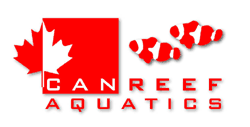Quote:
Originally Posted by SeaHorse_Fanatic

You're planning to add greater complexity and risk into the system. Imagine the disaster that would ensue if the mixing process doesn't work proeperly and you add saturated sw into your display. Salinity would spike and probably kill a lot of livestock. Just my thoughts.
|
Thank you for your feedback, yes I agree there is added complexity in the system. The risk of adding saturated salt water to the sump directly is mitigated by not having a direct line to the SW mixing tank. Additionally a conductivity probe added to the SW mixing tank can be used to ensure the proper mixing has occoured. Also if I had the budget I could add another conductivity probe to the sump, although this isn't really necessary.

